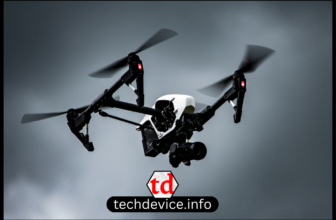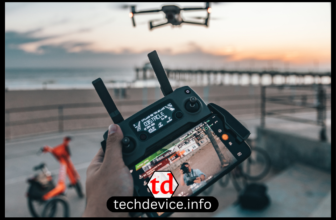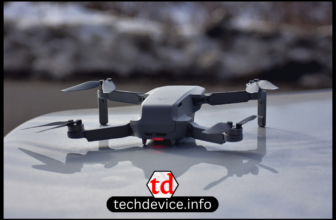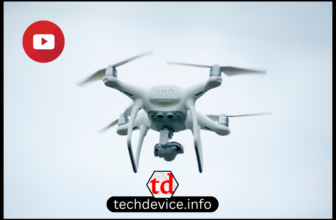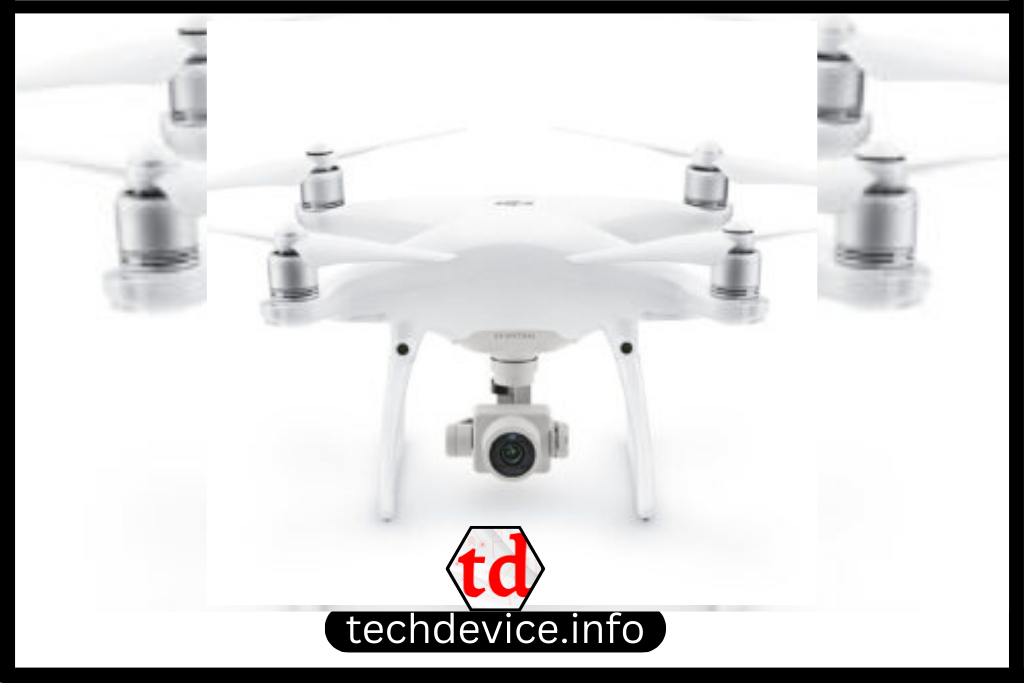
Are the best drone cameras for photography confusing you about which one is best for you? The Mini 2, Mini 3 Pro, and Mavic 3 are DJI drones for photography.
Top Three Best Drone Cameras for Photography in 2023
Are the best drone cameras for photography confusing you about which one is best for you? Drone photography has become increasingly popular recently, with the number and quality of drone pictures growing yearly. Drone photography has its official award programs since so many photographs exist. Camera drones are a creative tool that only photographers or filmmakers use today. It’s hard to realize that only a few years ago, they were little more than novelty toys for technological nerds. There are options for amateur and professional photographers, providing a variety of innovative viewpoints and unusual perspectives that would be impossible to achieve with any other camera.
The length of the flight varies depending on the type of drone. It should be considered depending on how you intend to use your drone. The camera should also be considered well while purchasing it. Below are some best drone cameras for photography.
1- DJI Mini 2
It is the best drone camera for photography for hobbyists. The Mini 2 is a less expensive drone that can take pictures for individual usage and social network posting.
It takes 12 MP photos and 4K video. However, the compromise that comes with a smaller price tag is a lack of obstacle avoidance and a smaller camera sensor which means it doesn’t handle low light as well as the Mini 3 Pro and Mavic 3.
Pros
- Compact size; fits into a lens size pocket of a camera bag so it can be packed for that ‘just in case” opportunity when photographing with a standard camera but want the option of taking aerial photos.
- Quiet; less noticeable and less disruptive to surrounding people
- It is under 250g, so it doesn’t need to be registered if it is only used for fun.
- Raw and jpg format
Cons
- Smaller sensor (1/2.3″)
- It doesn’t have obstacle avoidance (it only has bottom sensors)
- Not compatible with the DJI intelligent controller, which has a built-in screen, so we don’t have to use our phone.
2- DJI Mini 3 Pro
It is the best photography drone for entry-level professionals. The Mini 3 Pro has a larger sensor ( 1/ 1.3 inch) than the Mini 2 and has a bunch of advancements, so DJI named this a Pro model rather than just the Mini 3.
A heavily demanded feature DJI has included in the Mini 3 Pro is the rotating camera that shoots vertical footage for sharing on mobile devices. It also has tri-dimensional obstacle sensors, which improve the Mini 2’s two bottom sensors.
However, apart from the sensor size, one of the features that this drone needs to include in comparison to the full-size professional models like the Mavic 3 and Mavic Air 2s is that it only captures eight-bit color rather than ten.
It is how many colors the camera is capable of capturing. Eight-bit is 16.7 million, and ten-bit is 1.07 billion. It might not be a big deal for you, but this will be noticeable in color banding of graded colors like the blue of the sky.
Pros
- Sensor 1/1.3″ (~double the Mini 2)
- Compatible with the intelligent controller
- The camera rotates to shoot in vertical mode for mobile
- Improved transmission system (fewer feed cutouts). Four antennas instead of the dual system.
- Up to 12km Full HD live stream
- Tri-directional object sensing
Cons
- 8-bit color
- This drone is best for small-scale professional work like weddings or real estate drone photography but not advanced enough for big commercial jobs like shooting for a documentary or large-format advertising.
3- DJI Mavic 3
It is the best photography drone for professionals. I recommend the Mavic 3 for professional drone photography; DJI has advanced features compared to other drones. It has a 4/3 sensor which is great for low-light or night photography.
Dynamic range helps to beautifully capture the detail in shadows and brights that other drone cameras would blow out.
An added, unexpected benefit is that DJI has made the Mavic 3 quieter than other drones of the same size. It has a low-pitch hum which is excellent compared to the high-pitch noise of most drones.
Pros
- 4/3 Sensor: Great for low light
- 10-bit color: More accurate colors (1.07 billion possible colors compared to 16.7 million eight-bit colors)
- Dynamic range: Able to simultaneously capture detail in shadows and bright photo sections, i.e., great for shooting sunsets. The sun’s brightness doesn’t make the rest of the shadows flat.
- Overall this drone is more powerful and faster; it accelerates faster, which is helpful if you are tracking vehicles, and handles wind better than other models.
- 360 Obstacle avoidance: While you may not need obstacle avoidance while manually flying the drone, this comes in handy if you use intelligent flight modes like object tracking.
- The larger sensor also means the colors have a range; with a smaller sensor, the photo can look flat, like a single-color filter has been layered over the actual color of the image.
Cons
- Not designed for just out-of-the-box “point and shoot.” If investing in the Mavic 3, you must understand the camera settings or be prepared to learn.
- Must be registered with the FAA due to weight; 895g.
- If you want a professional drone, but the Mavic 3 is out of your price range, the Mavic Air 2s is a very close second place. It’s an older model and significantly less expensive. The sensor is 1 inch, so it will still work well in low light and it has a 5.4k resolution.
- A minor downside is that the obstacle avoidance system is less advanced than the Mavic 3. The Mavic Air 2s has 4-way obstacle avoidance (forward, backward, up, and down) less complete than the 360 obstacle avoidance. If you’re not doing a lot of intelligent flying mode action shots, this won’t be a deal breaker. The drone will need to stay in your visual line of site.
Wrap-Up On the Best Drones for Photography
In the past few years, drone photography has become much more famous, and every year, more and more high-quality pictures are taken with drones. Camera drones used to be fun toys for people who liked technology. However, now they are essential tools for photographers and directors. Because they can see things from new and different angles, they are an excellent tool for taking beautiful pictures from above.
DJI drones like the Mini 2, Mini 3 Pro, and Mavic 3 have become some of the best drone cameras for photography because they have great specs and quality that can’t be beaten. As the drone industry changes, DJI will likely continue to be a favorite among drone users and push the limits of what can be done with aerial photos. Whether for personal use, entry-level professional work, or advanced business projects, these drones allow photographers to take pictures from angles that were once impossible to reach.
The Mini 2, Mini 3 Pro, and Mavic 3 are all DJI drones. DJI constantly puts drones ahead of the market and often stays popular favorites in the drone community. Compared to other drone brands like Autel, Holy Stone, and Roku, these DJI drones all offer specifications and quality that have yet to be surpassed. Although the Mavic 3 is the most technically advanced, many professionals still like working with the Mini 3 Pro for its size and low noise. DJI has done an excellent job packing professional features into a mini drone under the 250g drone registration requirement.
For more info visit www.techdevice.info


